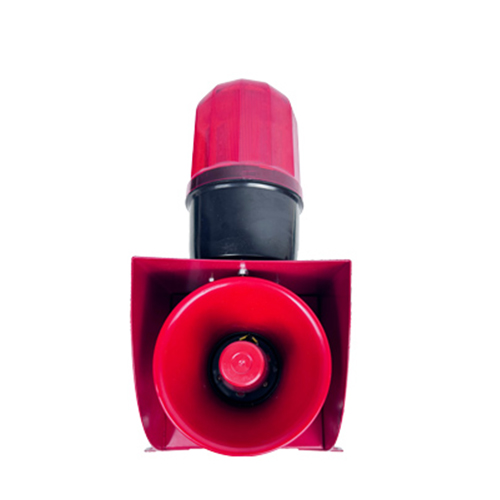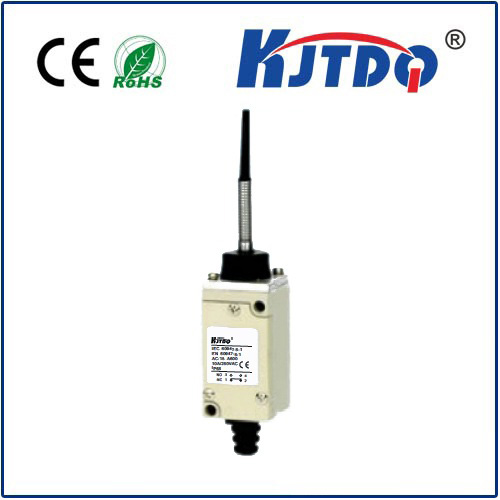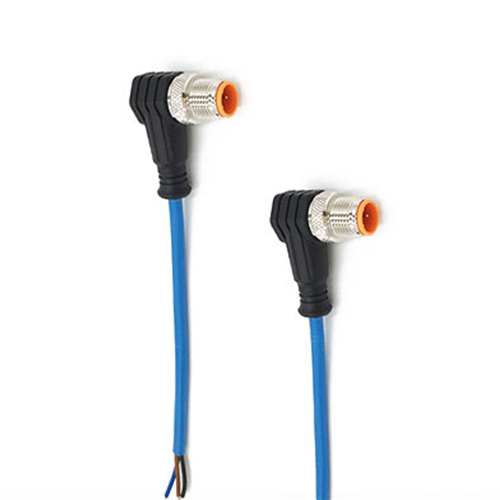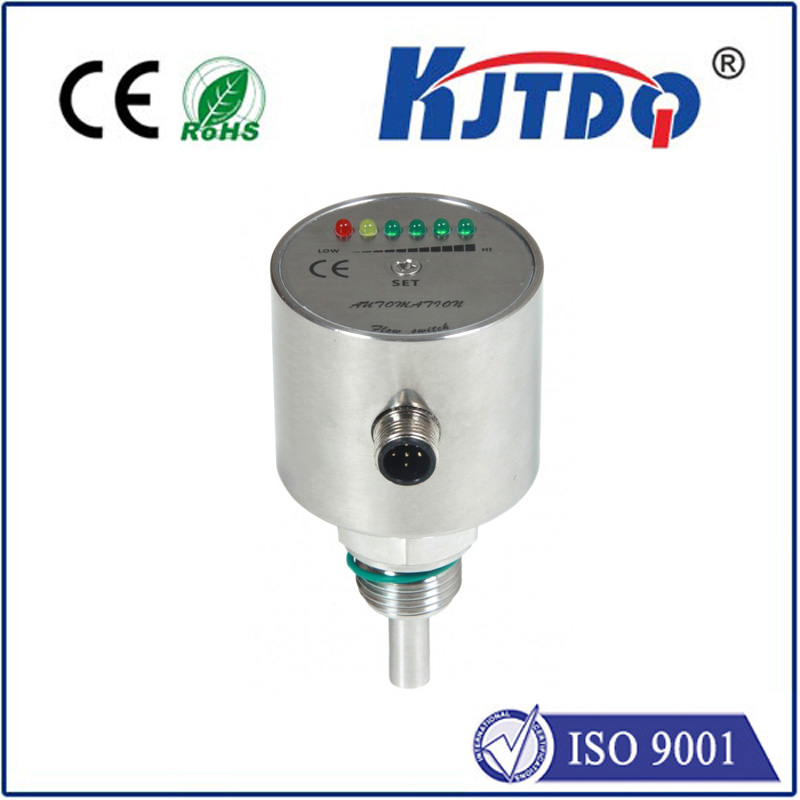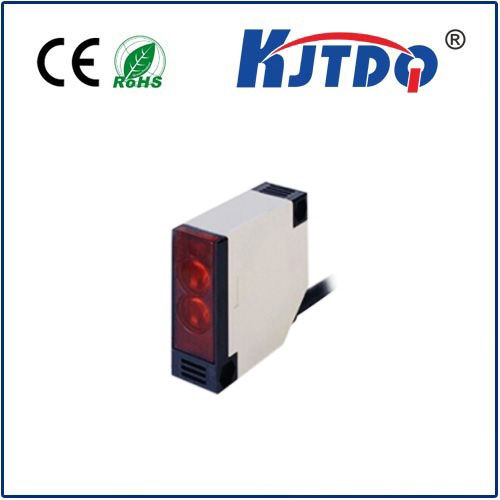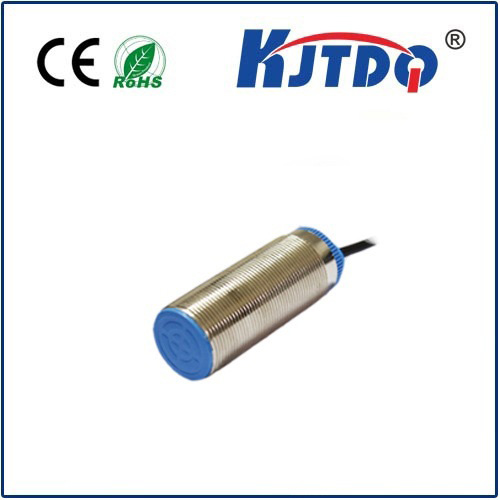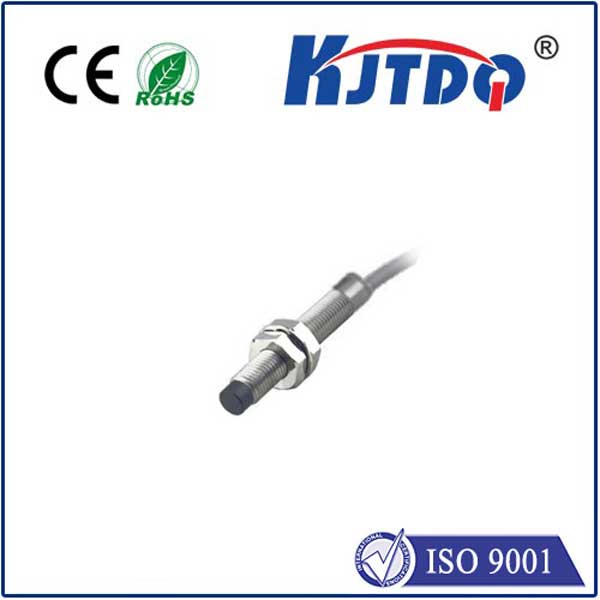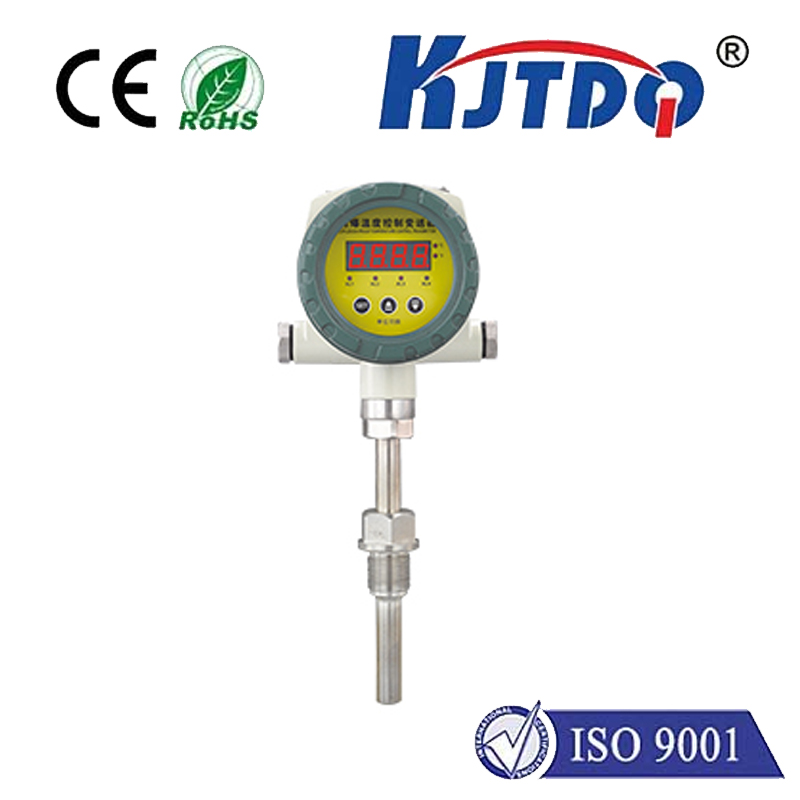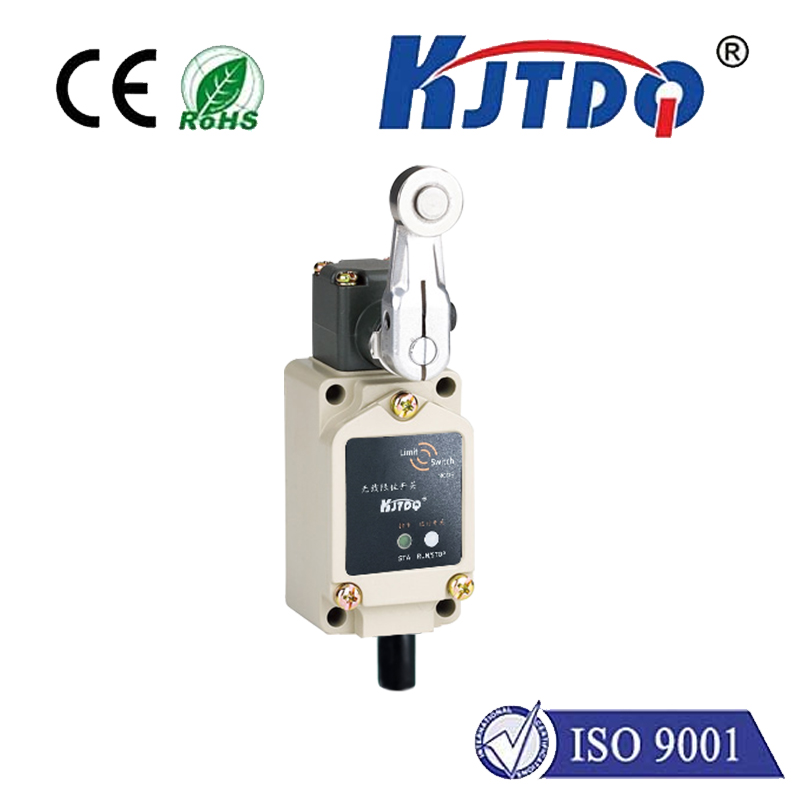human body temperature sensor
- time:2025-08-23 02:10:34
- Click:0
Beyond the Thermometer: Unlocking the Potential of Human Body Temperature Sensors
The simple act of measuring body temperature holds profound significance. From diagnosing fevers and infections to monitoring metabolic health and athletic performance, this vital sign is a cornerstone of well-being. While the humble mercury thermometer served us for generations, today’s landscape is defined by sophisticated human body temperature sensors. These advanced devices are quietly revolutionizing how we monitor health, offering unprecedented accuracy, convenience, and integration into our digital lives. This article explores the fascinating world of these sensors, their underlying technologies, and their transformative impact across diverse fields.
The Core Function: Sensing Vital Heat
Fundamentally, a human body temperature sensor is a device designed to detect and measure the heat emitted by the human body. This heat is a direct result of metabolic processes – the energy our bodies constantly produce and dissipate. Core body temperature, typically measured internally or at sites closely reflecting internal conditions (like the tympanic membrane or rectum), is tightly regulated around 37°C (98.6°F). Skin temperature, measured externally, fluctuates more due to environmental influences and physiological responses like sweating. Understanding this distinction is crucial for interpreting sensor readings accurately.
How Do They Work? Key Technologies Explained

Modern human body temperature sensors leverage various physical principles:
- Thermistors and RTDs: These are contact sensors. Thermistors change electrical resistance significantly with temperature changes, while Resistance Temperature Detectors (RTDs) use pure metals (like platinum) whose resistance changes more linearly and predictably. They are highly accurate for core or near-core measurements when placed appropriately (e.g., in-ear probes, swallowed pills, catheters, skin patches).
- Thermocouples: Another contact technology, thermocouples generate a small voltage when two different metals joined at a junction experience a temperature difference. They are robust and can measure rapid changes but often require calibration against a reference for high medical accuracy.
- Infrared (IR) Sensors: These are the champions of non-contact temperature measurement. They detect the infrared radiation (heat) naturally emitted by the body’s surface, particularly from the forehead, temporal artery, or tympanic membrane. The sensor converts the intensity of this IR radiation into an electrical signal, which is then translated into a temperature reading. Infrared thermometers are ubiquitous due to their speed and hygiene.
- Semiconductor Sensors (e.g., IC Sensors): Integrated circuits designed specifically for temperature sensing. They often combine the sensing element (like a diode junction whose voltage varies with temperature) with signal conditioning circuitry directly on a chip. These are compact, relatively low-cost, and ideal for integration into wearable devices like smartwatches and fitness trackers, providing continuous skin temperature monitoring.
Beyond Accuracy: The Advantages of Modern Sensors
Modern body temperature monitoring solutions offer compelling benefits over traditional methods:
- Speed: Infrared thermometers provide readings in seconds, crucial for mass screening or with uncooperative patients.
- Hygiene: Non-contact IR sensors minimize cross-contamination risk. Contact sensors, especially single-use patches or probes with disposable covers, also enhance hygiene.
- Continuous Monitoring: Wearable temperature patches and smartwatches enable continuous tracking of temperature trends over hours or days. This is invaluable for detecting subtle fever patterns (e.g., nocturnal spikes), monitoring ovulation cycles, assessing the impact of medication, or tracking athlete recovery.
- Comfort & Convenience: Non-contact methods are inherently less invasive. Wearables offer passive monitoring without constant user intervention.
- Connectivity & Data Integration: Modern sensors often feature Bluetooth or Wi-Fi, seamlessly transmitting readings to smartphones, tablets, or cloud platforms. This enables real-time alerts, longitudinal data analysis, telemedicine consultations, and integration with broader health monitoring ecosystems.
- Accessibility: Affordable wearable sensors and IR thermometers put temperature monitoring capabilities directly into consumers’ hands for proactive health management.
Diverse Applications: Where Sensors Make a Difference
The impact of advanced human body temperature sensors is felt across numerous domains:
- Clinical Medicine & Hospitals: Precise core temperature monitoring during surgery, in ICUs, and for critically ill patients. Rapid fever screening in emergency departments and outpatient clinics. Continuous monitoring of infectious disease patients.
- Personal Health & Wellness: Wearable health monitors (smartwatches, patches) track basal body temperature for fertility awareness, detect the onset of illness (like colds or flu), monitor stress response, and optimize sleep patterns. Consumer-grade infrared thermometers are household staples.
- Public Health & Safety: Non-contact infrared thermometers became essential tools for mass fever screening at airports, workplaces, schools, and public events during pandemics like COVID-19, helping identify potentially infectious individuals.
- Sports Science & Athletics: Monitoring core and skin temperature during training and competition to prevent heat stroke, optimize performance, understand thermal strain, and guide recovery protocols using specialized wearable devices.
- Infant & Child Care: Specialized pacifier thermometers, forehead strips, and high-accuracy temporal artery or tympanic infrared thermometers provide safer, easier temperature assessment for young children.
- Industrial & Occupational Safety: Monitoring workers in extreme environments (foundries, cold storage) to prevent heat or cold stress-related illnesses.
Considerations and Future Directions
While powerful, these sensors require thoughtful deployment. Understanding the difference between core and skin temperature and the ideal measurement site for a given sensor type is paramount. Accuracy can be influenced by environmental factors (ambient temperature, drafts, humidity), perspiration, placement technique (for contact sensors), and sensor calibration. Non-contact IR sensors need a clear line of sight to the skin surface.
Future advancements focus on:
- Enhancing non-invasive core temperature estimation algorithms using multiple sensor inputs (e.g., skin temp, heart rate, ambient).
- Developing even smaller, lower-power sensors for more discreet wearable health monitors.
- Improving AI-driven analytics to extract deeper physiological insights from continuous temperature data streams.
- Integrating temperature sensing more seamlessly with other vital sign monitors for comprehensive health monitoring.
Human body temperature sensors have evolved far beyond simple thermometers. They are sophisticated tools empowering individuals, healthcare providers, and public health systems with timely, convenient, and increasingly insightful thermal data. As technology continues to advance, continuous, non-invasive monitoring driven by intelligent sensors promises to play an even more significant role in proactive health management, early diagnosis, and personalized care, truly unlocking the potential of this fundamental vital sign.






